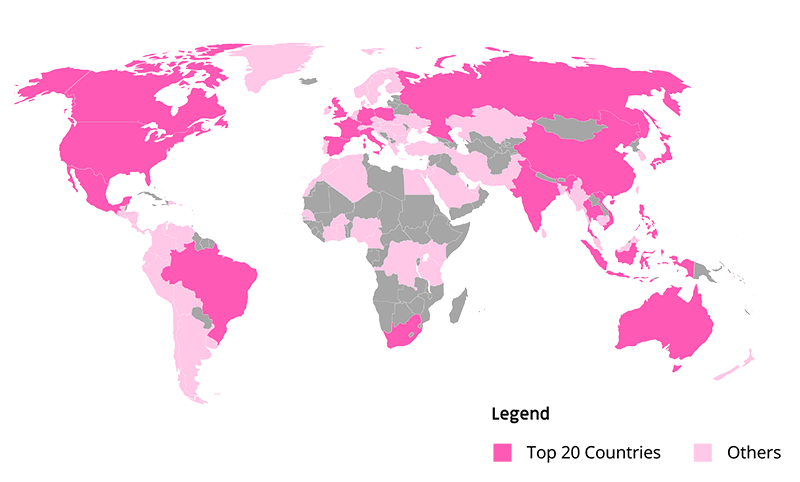Pioneers of Emotion AI
At Affectiva we coined the term and created the technology category of Emotion AI – machine learning-based software that can detect complex and nuanced human cognitive and emotional states. We set out to build technology that can detect emotion the way humans do, by reading non-verbal cues such as facial expressions, gestures, and body language.
We live in a world full of hyper-connected devices and advanced AI systems, with amazing cognitive capabilities. These technologies have a lot of IQ, but are severely lacking in EQ, or emotional intelligence. As a result, our interactions with AI systems that are designed to engage with humans, are transactional, superficial, and often ineffective. What if technology could understand us better and connect with us in a more empathetic and relevant manner? This is where Emotion AI comes in. It is the key to humanizing technology, and bridging the gap between humans and machines.
Computer Vision at our Core
Computer vision is at the core of our Emotion AI. Using camera sensors we can analyze in real-time facial expressions, gestures, and body posture, and with information about context and environment, we can derive insight into people’s reactions and emotions. The future of Emotion AI is multi-modal, where different types of sensors analyze different signals to get a more complete picture of complex and nuanced human behavior in context. Learn more about the science behind our Emotion AI here.
Owners of the World’s Largest Proprietary Emotion Data Repository
Our deep learning-based algorithms are trained and tested with massive amounts of diverse data from 90 countries – this helps us ensure high accuracy and ethical AI that mitigates data and algorithmic bias.
Media Analytics and Beyond

In recent years the Emotion AI ecosystem has evolved. Today Emotion AI is used in a variety of different applications in automotive, robotics, health care, human behavioral research, and beyond. We envision that one day Emotion AI will be ubiquitous.

